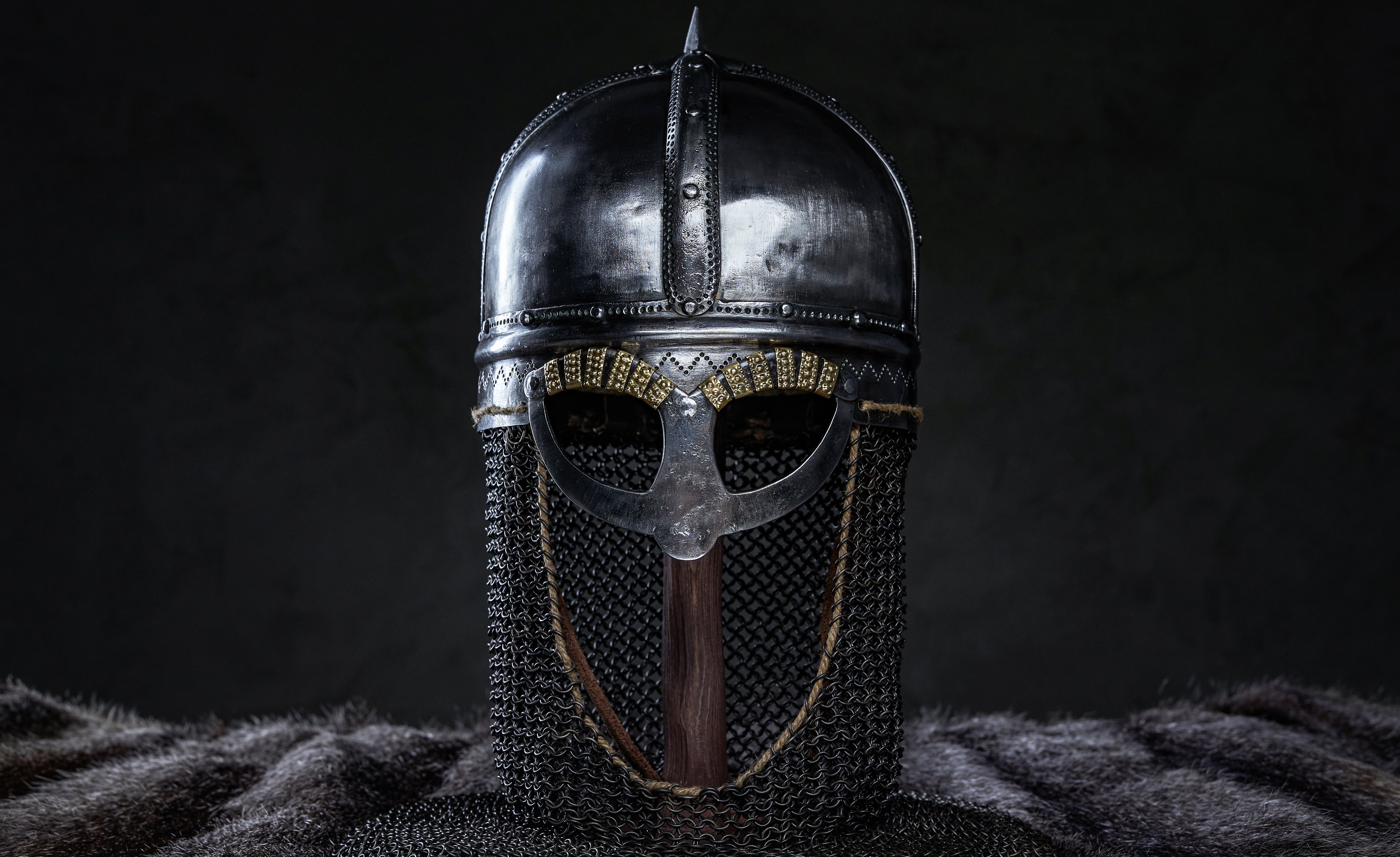The best places to visit around Caravaca de la Cruz
Caravaca de la Cruz has many places to visit, especially sites of great historical and cultural...
Por: Turismo Región de Murcia en 10/2/24 9:30 AM

The 13th century was a decisive time for the Christian reconquest of the Iberian Peninsula. After Alfonso X "The Wise" conquered the Kingdom of Murcia in 1243, it became necessary to secure the new lands against Muslim incursions from the Kingdom of Granada. In 1266, Alfonso X entrusted the town of Caravaca de la Cruz to the Knights Templar, relying on their ability to defend this strategic border area and repopulate it with new Christian settlers. The Templars’ mission in Caravaca was both military and religious, as they were tasked not only with protecting the frontier but also with safeguarding the famous relic of the True Cross, which would play a crucial role in the city’s identity.
 Photo from Enrique Vidal Flores in Unsplash
Photo from Enrique Vidal Flores in Unsplash
One of the first actions of the Templars was to take control of the castle of Caravaca, which stood in a strategic location overlooking the town. Originally of Islamic origin, the castle was expanded and fortified by the Templars to protect the population from constant Muslim raids from Granada. The castle became the center of military defense for the region and a symbol of Templar power and authority. From its walls, the Templars watched over the frontier and ensured the safety of the True Cross relic, which was already beginning to attract devout pilgrims.
The True Cross is one of the most important symbols of Caravaca de la Cruz, and legend has it that it was miraculously brought to the city in the 13th century. The Templars took on the responsibility of protecting this relic, which was believed to contain a fragment of the cross on which Jesus Christ was crucified. Over the centuries, the relic became a powerful emblem of faith and continues to be venerated, especially during the Celebrations of the True Cross, held every May.
As mentioned earlier, the Templars' presence in Caravaca extended beyond military defense; they also played a fundamental role in organizing the town's economy and daily life. They established systems of tithes and taxes that allowed for the maintenance of garrisons and defensive infrastructure. The inhabitants of Caravaca paid the Templars in kind, with products like wheat, barley, or wine, as well as with silver coins. These revenues enabled the Order to sustain itself, and the town flourished under their control. The Templars also influenced the repopulation of the region, attracting new settlers who sought their protection and the economic opportunities offered by the frontier.
One remnant of the Templars’ presence in Caravaca is the Tower of the Templars, located in the natural area of Las Fuentes del Marqués. It is said that this tower was built by the Templars for defensive purposes, taking advantage of the strategic importance of this site, where springs provided water to the town and the access routes from the Kingdom of Granada. Architecturally, it is a square-shaped tower built of masonry, a typical structure of Templar fortifications, designed more for practical defense than decoration. However, as there is no clear evidence of its construction by the Templars, it is officially attributed to a later period, the 17th century, when it served as an agricultural and livestock estate.

The fate of the Knights Templar changed drastically in the early 14th century. In 1312, Pope Clement V, under pressure from the French king Philip IV, issued the papal bull Vox in excelso, officially dissolving the Order of the Temple. The Templars were accused of heresy and other crimes, resulting in the confiscation of their assets and the dissolution of the Order throughout Europe (although in 2007, the Vatican publicly absolved the “Poor Knights of Christ,” restoring their honor). In Caravaca, this decision marked the end of the Templar presence, and their properties, including the castle, were transferred to the Order of Santiago. However, this process was not immediate; in fact, the formal transfer of the Caravaca castle to the Order of Santiago was not completed until 1332.
Despite the dissolution of the Templars, their legacy in Caravaca endured. The fortification of the castle and the guardianship of the True Cross left a profound mark on the city’s history. The Templars’ influence also persists in popular culture and local traditions, and their connection to the True Cross remains a subject of historical and spiritual interest.
Caravaca de la Cruz has many places to visit, especially sites of great historical and cultural...
Caravaca de la Cruz is a historical and cultural hub that captivates those who explore its corners....
The Christian religion is characterized by its rich iconography, where various visual symbols...